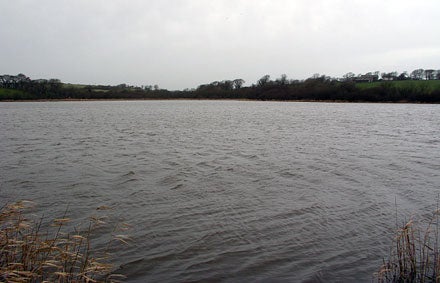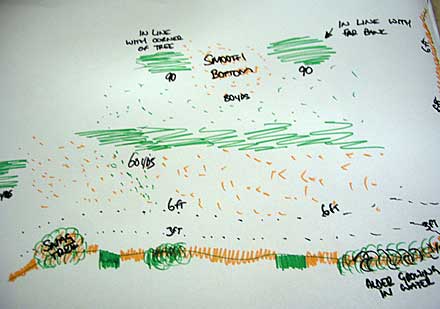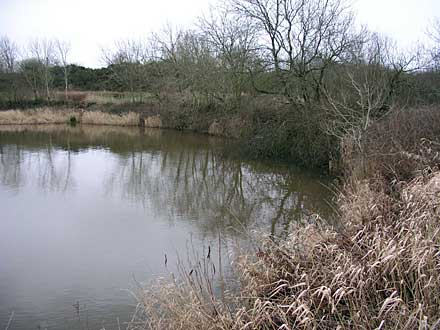It’s about this time of year you should know which waters you’re fishing for the rest of the year, and being as they’re still quiet, now’s the time to start finding out about them. I’m currently looking at a new water on the Somerset / Devon border, which is something I’ve never done before……fish an ‘unknown’ water. It’s about 30 acres and very lightly fished – indeed I’ve never seen anyone else fishing there. Most places will have some ‘form’ so you’ll have some pointers and people to talk to – always a good source of info – but don’t take everything they say as gospel. Take a hike
Obviously, keep your eyes peeled for fish rolling, flat spots, etc, though that may be unlikely on some waters, so keep an eye on birdlife as they can often show areas of natural food that you wouldn’t normal be able to see – on some lakes the birdlife can follow the fish! On this particular lake there are a group of coots that always sit over one area – lots of natural food? Keep an eye on the wind direction. Some of the waters I fish are in valleys, so you tend to find that they can funnel the wind so it’s either blowing up or down the lake, but never across. It goes without saying to sort out where the compass points on the lake are. Depth finding and map making
In the picture there is an inlet just behind the tree that gave me two clues. Firstly in summer it’s going to be an area that will be highly oxygenated and will therefore be attractive to the fish. Secondly, after a quick cast around, I found a channel roughly 3ft wide and a foot deeper running into the lake where it tapers out – an old streambed? Or just deeper from the water running through? Cautious baiting plan
Lastly, I’m personally going to fish two waters this year, one that I can ‘expect’ action on (though I blanked last night….well it was -3!) and the ‘other’ one. There is nothing worse than grinding away just going through the motions and becoming disillusioned with the lake, so I’ll keep popping back to the easier water to get my rod bent. Unless I’ve found a goldmine….. |
Welcome!Log into your account














